Challenges
Through pan-European networking and collaboration, our community seeks to solve
identified scientific and socio-economic challenges (CHs) through the following actions (CHAs):
CHA1.2: Co-create with relevant stakeholder processes for the collection and analysis of data relevant to genetic indicators, while simultaneously being tailored to their needs and scientifically evaluated from social as well as natural science perspectives for efficiency and learning, ensuring continuous feedback and improvement.
Foster integration and facilitate future joint efforts in testing suggested approaches and help further develop best practices for assessing (calculating indicator values) and standardised reporting on genetic diversity indicators, and supporting genetic diversity conservation, on a pan-European scale.
Provide examples of approaches for genetic indicator calculation tailor to the data
available in different countries highlighting shifting ways to reach the common goal of integrating genetic diversity in reporting and biodiversity conservation.
This will interactively build capacity on genetic diversity knowledge and integration into conservation practice and policy.
Achieve a more holistic view of the complexities associated with localised relevance and effective collaborations.
Explore innovative transdisciplinary methodologies that engage practitioners such as government, land managers, conservation agencies and members of civil society (youth group activities, knowledge institutions (universities, land management training institutes, schools), visitors of nature reserves, museums, botanical gardens and zoos), including citizen scientists (volunteers, hobbyists, amateurs, naturalists, ambassadors for genetic indicators, hunters, fisherman, foresters, wildlife observers, landowners and artists).
Advance interdisciplinary communication and research, enabling the integration of the conservation genetics community into mainstream conservation biodiversity networks.
Promote interdisciplinary collaborations among researchers from various disciplines and stay attuned to emerging trends and challenges in biodiversity conservation.














Objectives
- Evaluate the correlation and complementarity among various approaches to genetic diversity and genetic indicator monitoring to improve their integration – approaches which differ in scale, technological and capacity needs.
- Collaboratively assess how genetic and genomic data in focal species can inform management to support associated biodiversity and healthy ecosystems/ecosystem function.
- Use coordinated efforts to improve and facilitate the adoption of methods, Standard Operating Procedures (SOPs), and approaches for fast and easy calculation, use and reporting of the genetic diversity indicators.
- Determine, through a co-creation process and engagement, the extent to which diverse stakeholder groups (conservation practitioners, policymakers and indigenous people and local communities (IPLCs)) as well as the wider public understand genetic diversity concepts and identify potential barriers for their uptake.
- Systematically identify and coordinate multidisciplinary avenues by which genetic diversity indicators and other metrics can be integrated into national, regional, and international policy (e.g., input to stakeholders at 3 national and EU scale).
- Provide knowledge exchange and capacity building efforts for supporting genetic diversity assessments for conservation problems using genetic and genomic technologies (e.g., not indicators) tailored to various stakeholders needs.
- Provide knowledge share – including the necessary advice, support, and collaboration among countries – to successfully deploy genetic diversity indicators nationally, transboundary and for, EU, and international reporting.
- Provide innovative opportunities for knowledge sharing to raise awareness about the value and importance of genetic diversity in key stakeholder groups (policymakers/governmental bodies at different levels, conservation practitioners, small and medium enterprises (SMEs) and the public, including IPLCs).
- Foster regional genetic knowledge hubs/networks that will persist beyond this Action and serve as stakeholder platforms for transnational mutual experience exchange, including by promoting active participation of ITCs.
- Develop a well-rounded, transdisciplinary future scientific workforce that is trained in both policy and science, and able to communicate effectively with diverse stakeholder groups.

